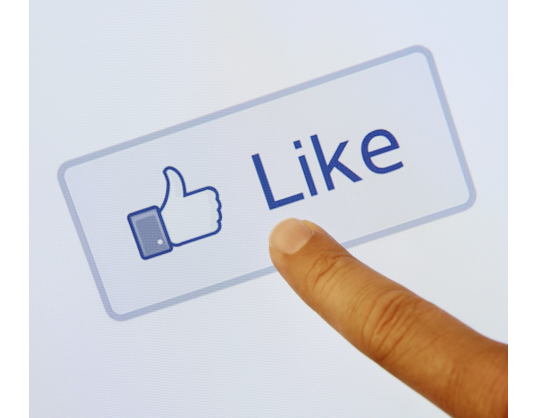Facebook is making it challenging for marketers, but that’s a good thing.
Recently Facebook made an announcement that made some marketers cringe. No more “like-gating.” What does this mean? As a brand, you can no longer force a consumer to “like” your page in order to get something. That something could be access to content, a coupon, a sweepstakes, etc.
The official language from Facebook: You must not incentivize people to use social plugins or to like a Page. This includes offering rewards, or gating apps or app content based on whether or not a person has liked a Page. It remains acceptable to incentivize people to login to your app, check in at a place or enter a promotion on your app’s Page. To ensure quality connections and help businesses reach the people who matter to them, we want people to like Pages because they want to connect and hear from the business, not because of artificial incentives. We believe this update will benefit people and advertisers alike.
It’s common for a company to have a social media strategy that includes Facebook. A few years ago, it was also common that sometimes the sole metric was Facebook fans, or “likes.” As a CPG brand whose audience was moms doing the grocery shopping, one of the easiest ways to get fans was to offer a coupon if they liked the page. Then, bloggers could be leveraged to announce “brand X is giving away a $1-off coupon if you become a fan of their Facebook page!” That strategy would quickly ramp up a lot of fans. Then, it would show up in everyone’s news feed. Great stuff, and pretty easy … until …
In 2010, Facebook introduced Edgerank, an algorithm that determined what posts users would see in their feed. This meant that we could no longer simply acquire fans and push content to everyone. A brand had to pay if it wanted more than 18 percent of its fans to see a post. Since then, that number has decreased, and today it can be as low as 1 percent of fans.
There are a couple of reasons for these changes. First, if you hadn’t heard, Facebook is now a public company. So it needs to find new revenue streams. And right rail ads aren’t the best way to engage people with a brand. But, if a brand pays to amplify a post in the news feed, it makes it look less like an “advertisement” and more like friendly content.
Second, more Facebook usage means more people follow more brands. If every brand’s post showed up in your feed, you’d never see what your friends’ kids are doing or how cute your sister’s dog looks today. You’d see offers and promotions from that toilet paper brand you liked three years ago to get the $1-off coupon.
So it really is good for consumers, because Facebook wasn’t built for brands and marketing. It was built for friends and family to communicate. This means we as marketers have to be more creative. It’s not an easy task, but there are ways to do it. Defining your audience, using a consistent voice, and having content pillars and the right platforms to distribute that content are key. It’s a proven process that has worked for both established brands that already have a social presence and brands that have yet to foray into the space.
Source: http://www.vml.com/news-and-trends/articles/facebook-forbids-gating-thats-good-thing



 MEWS is a full service web development Internet marketing company and technology integrator founded in 2003, by leading industry consultants with previous technology experience.MEWS is an Internet services and solutions company with interests in website development – Mobile applications– domain name registrations - web hosting.
MEWS is a full service web development Internet marketing company and technology integrator founded in 2003, by leading industry consultants with previous technology experience.MEWS is an Internet services and solutions company with interests in website development – Mobile applications– domain name registrations - web hosting.